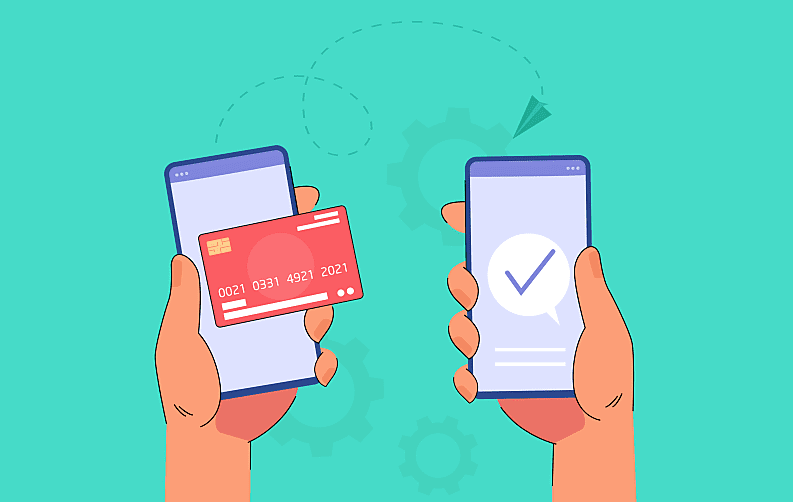
Digital transformation in banking and finance, like in most other sectors, is increasingly making a push towards all-in-one solutions, also known as ‘Super Apps.’
After all, imagine the convenience of having your entire financial universe nestled between your palms, from your savings and checking accounts, to credit cards, loan accounts, and investments, all trackable and manageable within a single app. Luckily, now financial super apps in banking are making this possible for the modern consumer.
Beyond the obvious advantages of banking super apps for consumers, such a concept holds a host of benefits for financial institutions as well, with the ability to unlock substantial value from their existing customer base, by making cross-selling and upselling a lot easier, the future of super apps in the banking sector looks brighter than ever at the moment.
Why are financial super apps gaining momentum?

Superapps, as a Statista report suggests, are preferred by users from Australia, Germany, and the UK due to convenience benefits. These apps just put a range of features in a single place and provide users the freedom from installing and managing multiple apps to execute daily tasks.
For the financial sector, this freedom is accompanied by an additional sense of security as developers only have to focus on making one app safe enough to protect all sensitive information.
The rise of banking super apps
The finance super apps aren’t necessarily new, at least in the context of tech trends, since they’ve been around for at least half a decade. Take PayTm for instance, one of the top financial services apps in the Indian market. As per a Statista report, the finance super app Paytm had over 350 million users using the app in India.
The best super apps first came to the fore in Asia, from homegrown giants in the super apps list like WeChat in China, Tata Neu in India, and Careem in the Middle East offering a wide range of products and services. Also, turning into multi-billion dollar super apps fintech platforms for trade and commerce.
In financial services, efforts in this direction have mostly been spearheaded by existing big tech giants, with the likes of Google Pay, Apple Pay, and WhatsApp Payments among the top fintech software development companies to name a few.
Legacy banks and financial institutions, however, are yet to crack this code and adopt super app trends, owing to the massive technical gaps, coupled with the various data protection and privacy issues that come with such an approach.
Structural barriers persist
Despite the massive potential, convenience, and value represented by the finance super apps, they have been largely held back owing to structural barriers. This includes stringent banking, financial services, and antitrust laws that restrict banking apps across various countries.
The biggest threat of such banking apps is their propensity to result in monopolies and a concentration of economic activity within a handful of players, which has time and time again proven to be disastrous in the financial services industry.
As a result, legacy players will have to look for workarounds, something that many of them have started working towards off-late. This includes offerings such as Banking-as-a-Service, where the backend banking operations are still handled by legacy banks, with the frontend interface taken care of by new-age apps via the use of APIs.
Digital-first fintech upstarts are challenging the status quo
Free from the baggage that continues to weigh down centuries-old traditional banks, neobanks have risen to the occasion, offering the best of what digitalization has promised consumers, with delightful experiences and services with their respective ‘SUPER’ apps.
From active investing and stock trading to credit cards, mortgages, and insurance products, these novel apps cater to all requirements, with one account, and a seamless interface. A few notable names in this niche include PayPal, Square, Discover, and SoFi, which was just recently granted approval by Federal regulators to become a national bank.
Companies like SoFi had all this while powering their cash management, checking, and savings accounts via FDIC-insured partner banks, but on gaining traction, they can substantially improve their margins and profitability by getting their own banking charter.
Final words
As the future of super apps and digital-first banks starts gaining traction, governments across the world will have no choice but to loosen their grip on regulations restricting the finance super apps and their app development processes.
This will fundamentally enhance offerings for customers, not just in terms of convenience and experiences, but even when it comes to better rates, products, and offerings, resulting from the increased competition.
Legacy banks will likely continue playing an active role in this segment going forward, but there is a slugfest taking place behind the scenes at leading financial institutions to churn out their own respective ‘Financial Super Apps,’ and take on the nascent upstarts, and corner the entire value chain for themselves. What comes out of this is yet to be seen.















